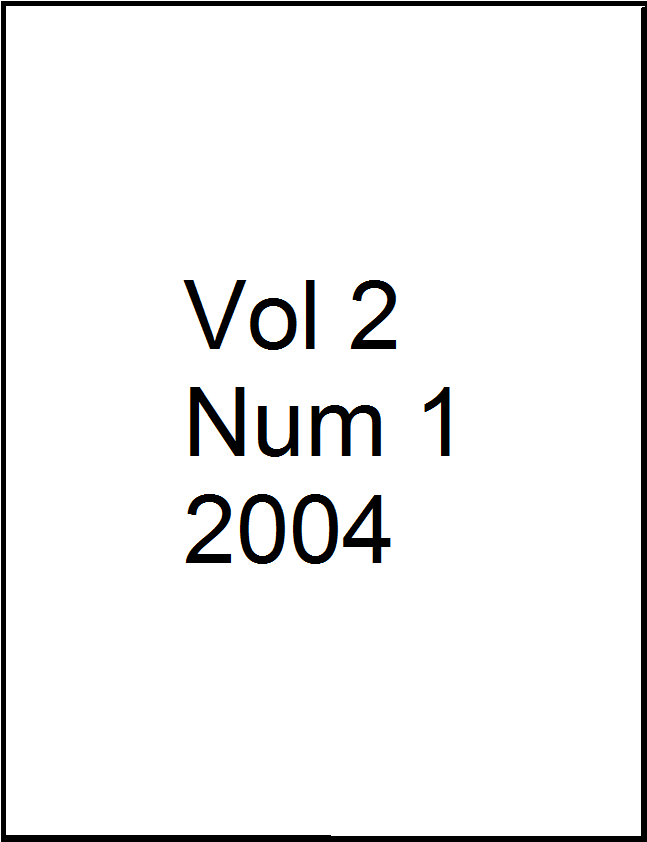The Revista Guillermo de Ockham provides an immediate and open access to its content, based on the principle of offering the public a free access to investigations to provide a global interchange of knowledge.
Unless otherwise established, the contents of this journal has a license with Creative Commons Attribution-NonCommercial-NoDerivatives 4.0 International (CC BY-NC-ND 4.0) http://creativecommons.org/licenses/by-nc-nd/4.0/
- Attribution: You must give appropriate credit, provide a link to the license, and indicate if changes were made. You may do so in any reasonable manner, but not in any way that suggests the licensor endorses you or your use.
- NonCommercial: You may not use the material for commercial purposes.
- NoDerivatives: If you remix, transform, or build upon the material, you may not distribute the modified material.
- No additional restrictions: You may not apply legal terms or technological measures that legally restrict others from doing anything the license permits.
Abstract
dos sistemas agroecológicos, uno se realizó en el Centro Experimental de la Universidad Nacional de Palmira (CEUNP), ubicado en el corregimiento de Villa Gorgona, en el departamento del Valle del Cauca, Colombia, y el otro ensayo se realizó en los terrenos de la empresa Inboma, ubicado en la ciudad de Pereira, departamento de Risaralda, Colombia. Se evaluaron diferentes densidades de siembra, el rendimiento de
materia fresca, seca y aceite esencial. La planta Lippia alba se adapta bien agronómicamente en las dos condiciones evaluadas, pero en el CEUNP, caracterizado por estar ubicado a menor altitud, con mayores temperaturas y mayor luminosidad (T°24°C, %HR 77, y 1.008 msnm), presentó mejor desarrollo, mayor rendimiento de biomasa y aceite esencial, con una densidad de siembra de 20.000 plantas por Ha.
































